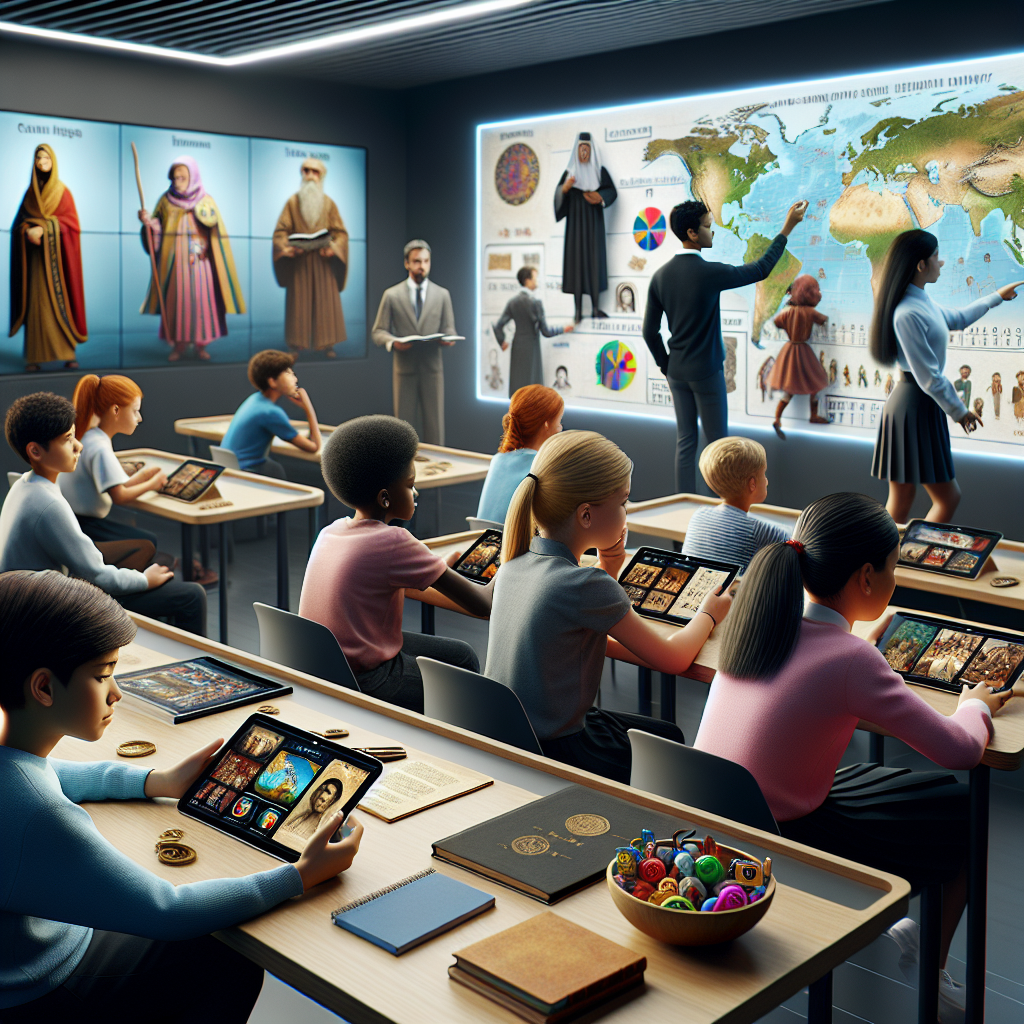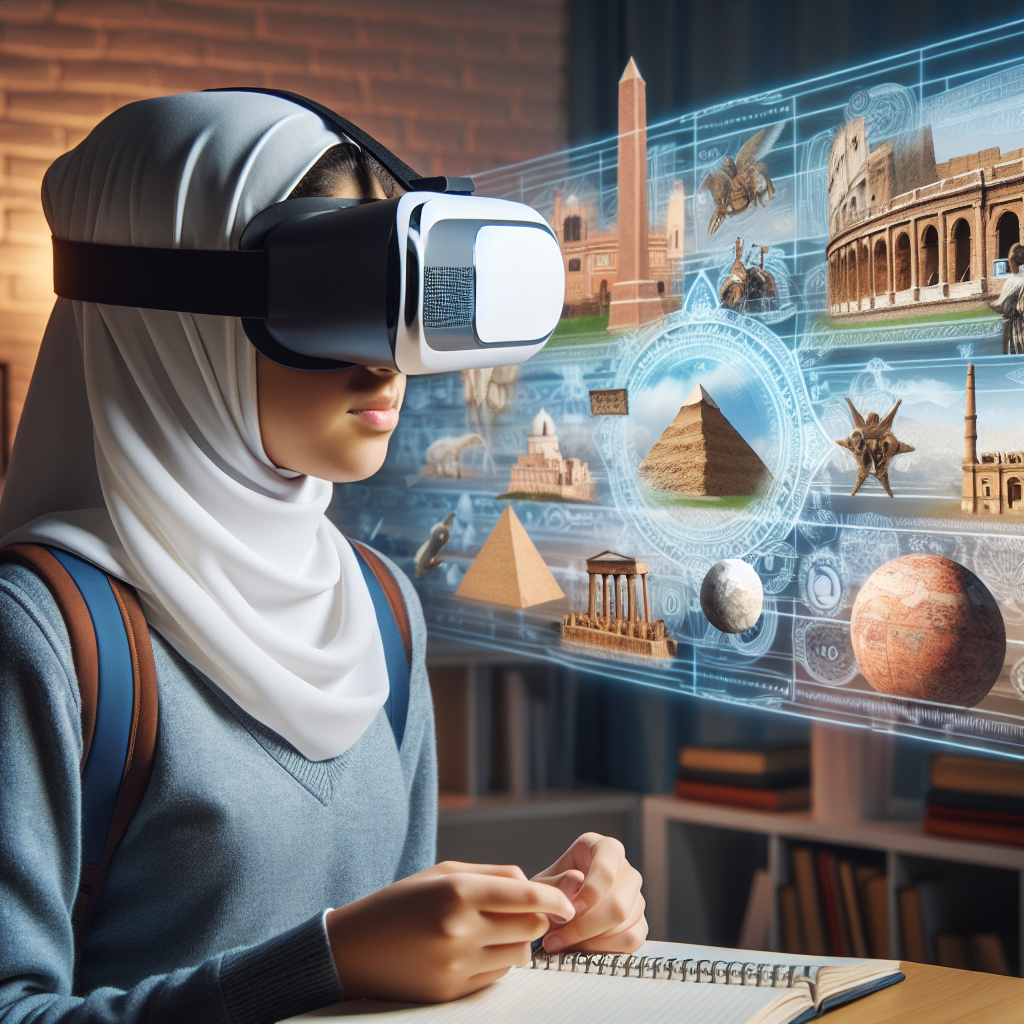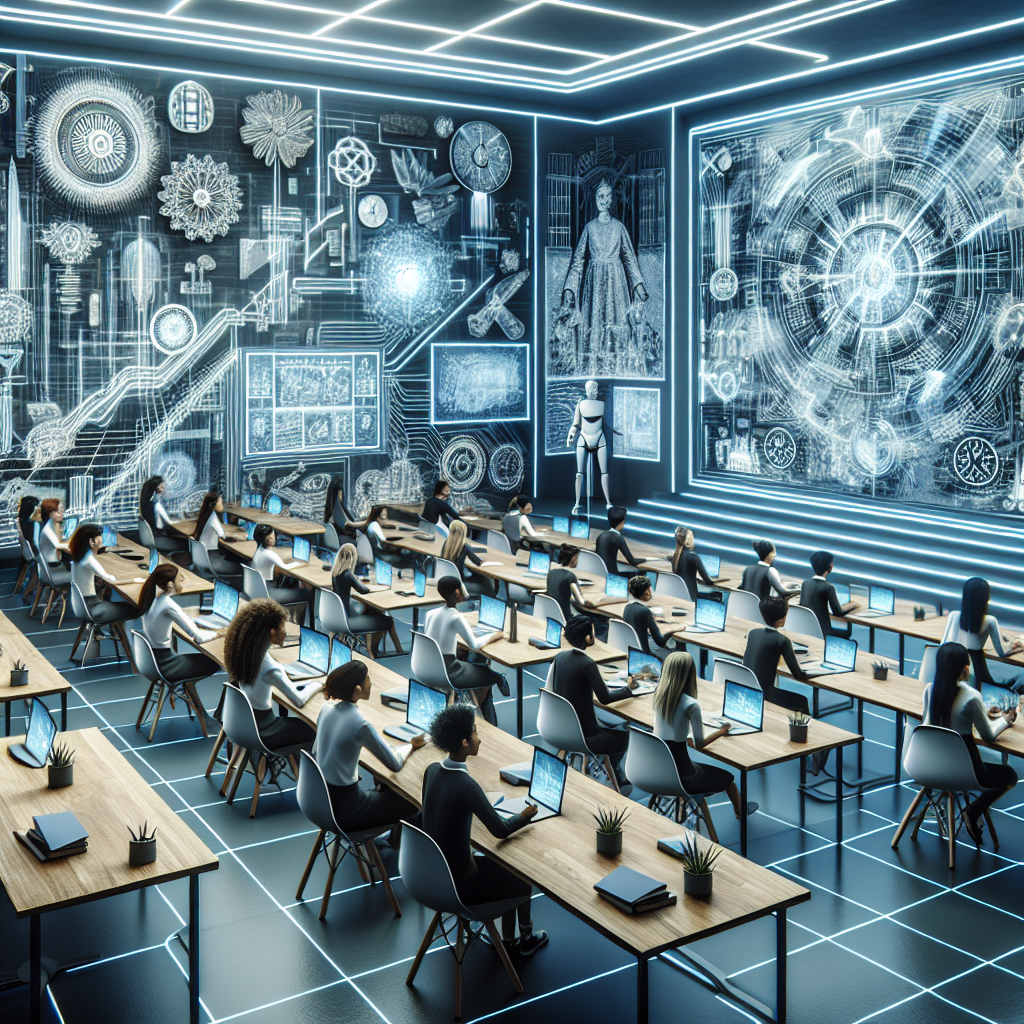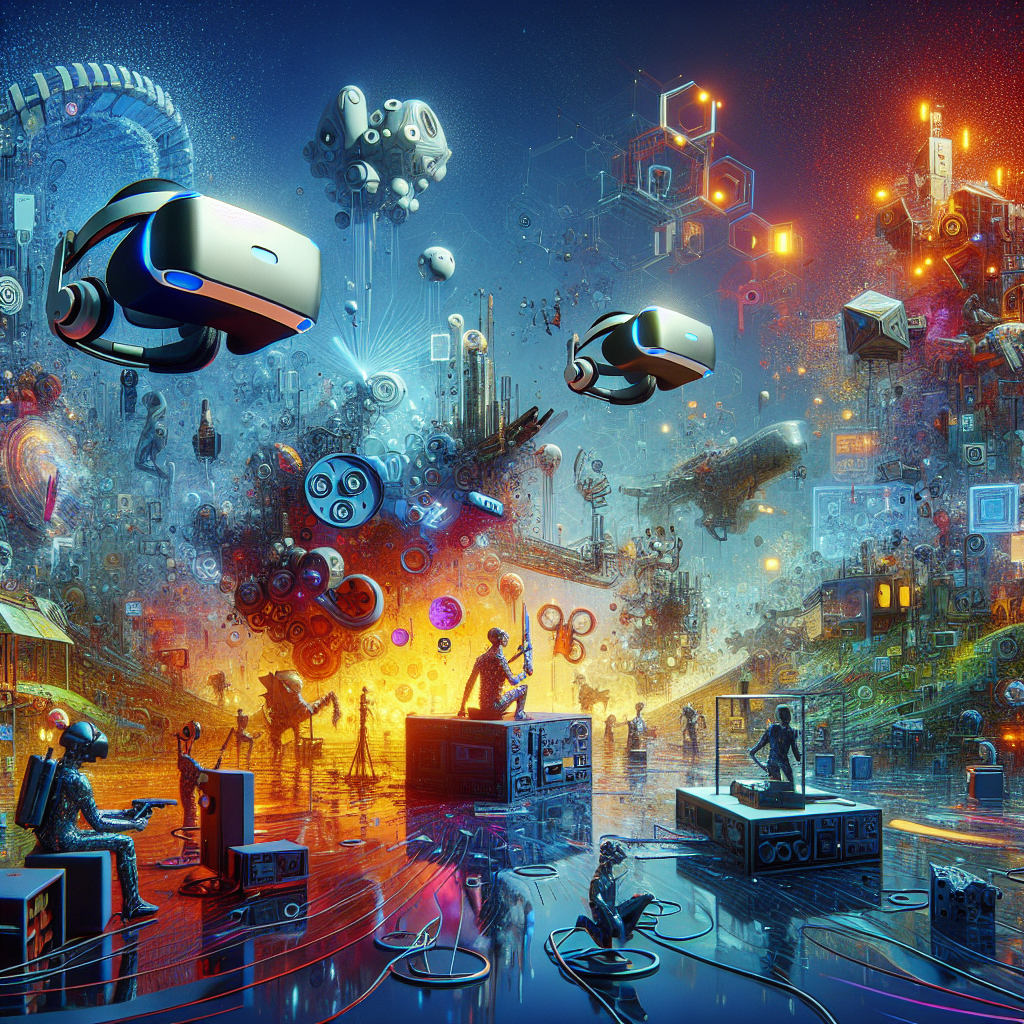In today’s rapidly evolving world, the question arises: can technology bridge the history gap? As we delve into this topic, we discover that technology holds immense potential to transform how we understand and interact with history.
Enhancing Historical Engagement
One of the primary ways technology can bridge the history gap is through enhanced engagement. Traditional methods of teaching history often rely on textbooks and lectures, which can be dry and uninspiring. However, with the advent of virtual reality (VR) and augmented reality (AR), students can immerse themselves in historical events like never before. Imagine walking through ancient Rome or witnessing the signing of the Declaration of Independence firsthand. This kind of experiential learning not only captivates students’ attention but also deepens their understanding of historical contexts.
Moreover, interactive timelines and digital storytelling tools allow students to explore history at their own pace. Websites like History.com provide rich multimedia resources that cater to various learning styles. By utilizing such platforms, educators can create a more inclusive environment that encourages diverse perspectives on historical events.
Access to Diverse Resources
Technology also democratizes access to historical resources. In the past, students often relied on a limited set of textbooks, which might not represent multiple viewpoints. Today, the internet offers a wealth of information, from primary source documents to scholarly articles. Websites like JSTOR and National Archives provide access to a plethora of historical documents and research, enabling students to conduct their own investigations and form their own opinions.


Furthermore, social media platforms and online forums facilitate discussions about history that span the globe. Students can connect with peers from different cultures, gaining insights into how history is perceived in various contexts. This exchange of ideas fosters critical thinking and encourages students to question and analyze historical narratives.
Challenges and Considerations
While technology presents exciting opportunities to bridge the history gap, it also poses challenges. Misinformation can spread rapidly online, leading to skewed perceptions of historical events. Educators must teach students how to critically evaluate sources and discern credible information from falsehoods. Integrating digital literacy into history curricula is essential for preparing students to navigate the complexities of the information age.
Additionally, the digital divide remains a significant barrier. Not all students have equal access to technology, which can exacerbate existing inequalities in education. Schools and policymakers must work together to ensure that all students can benefit from technological advancements.
In conclusion, while technology can bridge the history gap, it requires thoughtful implementation and ongoing support. By leveraging innovative tools and fostering a culture of critical inquiry, educators can create a dynamic learning environment that inspires students to connect with the past in meaningful ways. The journey to understanding history is ongoing, and technology can serve as a powerful ally in this quest.
Some content and/or images on this page were created using AI.





